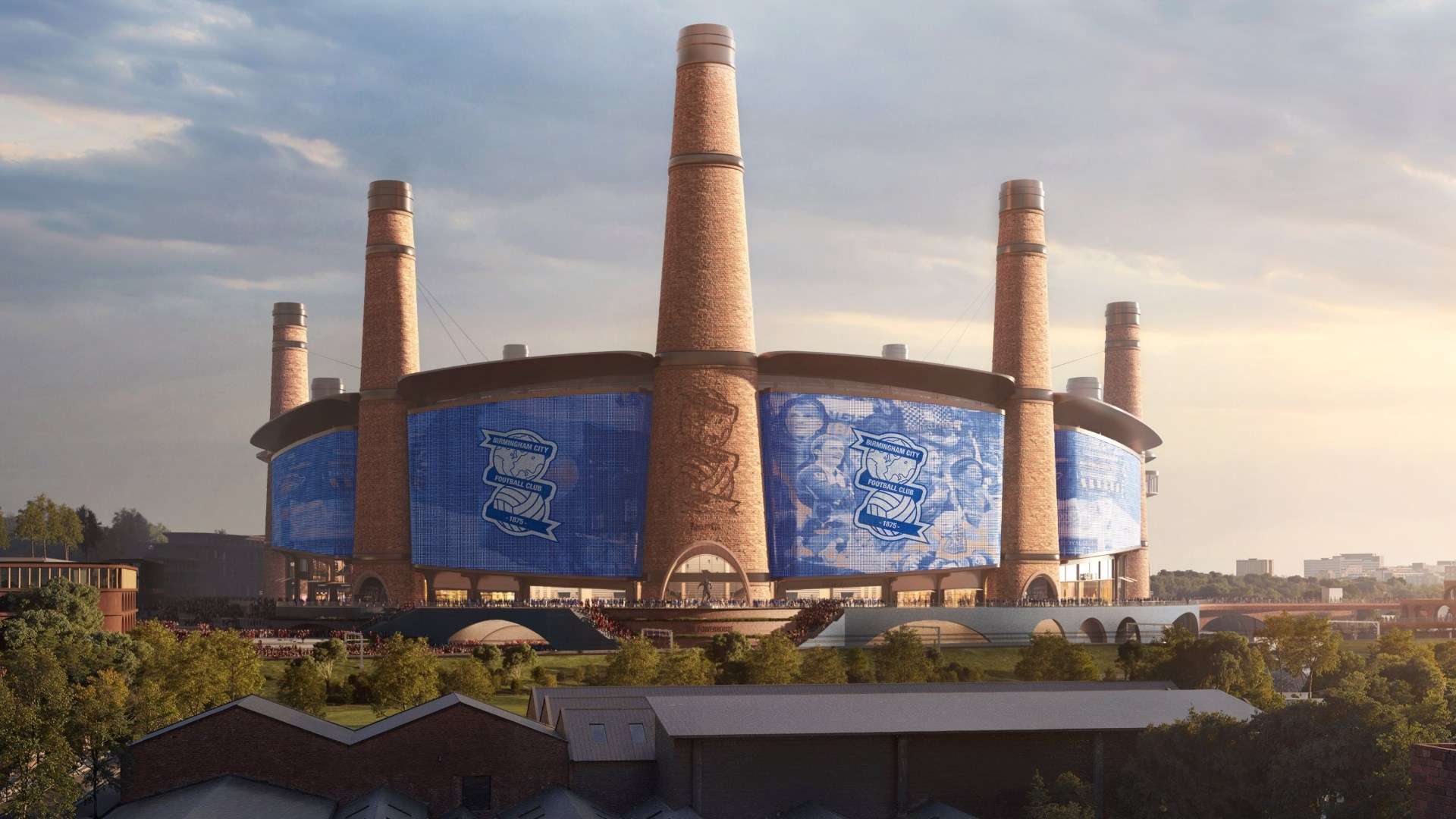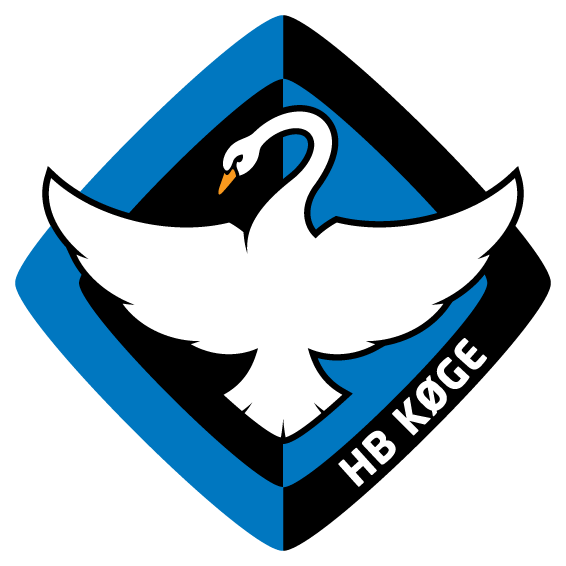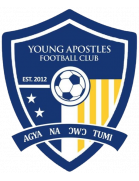
England’s New Home? Birmingham’s £1.2bn Vision Could See Lionesses Share 62,000-Seat Stadium
Lionesses Could Join Birmingham in £1.2bn New Stadium
When Birmingham City unveiled their bold £1.2 billion proposal for a new 62,000-capacity stadium—nicknamed The Powerhouse—the football world understandably sat up a little straighter. Partly because of the staggering numbers involved, partly because of the sleek, future-leaning design teased in early concept images, but mostly because of one hugely ambitious idea quietly sitting at the centre of the plan: the possibility of England’s Lionesses taking up semi-permanent residence at the Blues’ proposed new home.
If the plan comes together—and that is still a sizeable “if”—the Lionesses could finally have the one thing they’ve never truly possessed: a home ground to call their own.
Birmingham’s American ownership group, Knighthead Capital, led by Tom Brady’s business partner Tom Wagner, believes the opportunity is bigger than a simple ground-share. They see it as a transformative partnership—a chance to anchor the most successful national women’s side in Europe to the heart of the West Midlands, filling the calendar year-round and drawing a new generation of supporters into one purpose-built arena.
It’s an audacious idea, but in the modern, fast-moving ecosystem of British football, audacity is almost becoming currency.
A Stadium Built for More Than Matchdays

Birmingham City release plans for new stadium
One of the most striking things about the ‘Powerhouse’ project is how unapologetically multifunctional it is. This isn’t a stadium built only for Birmingham City’s future Premier League ambitions—though the club has been refreshingly open about wanting top-flight football by the time the venue opens in the 2030–31 season. No, this is a venue masterminded to be in use nearly every day of the year.
Boxing events, international fixtures, conferences, live entertainment—it’s designed to be a 62,000-seat economic engine.
Adding the Lionesses into that mix takes the concept up a notch. As one senior Birmingham figure put it this week, the club is “ideally situated” to host the national team. They reference geography, logistics, and a surprisingly practical argument: the stadium’s location is less than an hour from St George’s Park, the FA’s headquarters and national training base. For a side that often travels up and down the country to stage fixtures, the Midlands positioning is a rather elegant solution.
And then there’s HS2. While not without its many controversies, the high-speed rail project could play an unexpectedly large role here. Birmingham believes that by the time HS2 becomes fully operational, roughly 80 percent of England’s population will be able to reach the stadium within two hours. Convenience, scale, and novelty—that’s a powerful cocktail for matchday growth.
The Lionesses’ Floating Home Problem
For all the Lionesses’ success—and few women’s football teams in the world can match their recent trophy haul—one strange issue continues to linger: they remain, in a sense, nomads. Unlike the men’s team, who are contractually bound to Wembley, Sarina Wiegman’s squad play only two or three matches there each year. The rest of their home fixtures are scattered across various club stadiums, sometimes packing out grounds, other times not.
There’s charm in that mobility, of course. The national team has arguably done more than any side in England to spread the gospel of women’s football—Liverpool, Sunderland, Norwich, Bristol, Brighton, Milton Keynes, Wolverhampton; the Lionesses have toured proudly and generously. But as the game grows, so does the need for stability.
And the FA knows this.
The prospect of giving the two-time European champions a true base—an iconic, modern, accessible venue with a clean calendar and top-tier facilities—is undeniably attractive.
That’s why Birmingham’s proposal feels less like a far-fetched pitch and more like the beginning of a serious conversation. The FA has been approached, and Knighthead reportedly told them they would tweak the stadium’s final architecture if the Lionesses showed genuine interest. That’s not a small offer, especially for a construction document currently running at more than 500 pages.
Why Birmingham Wants the Lionesses—And Why It Matters
Let’s be clear: this is not charity. This is vision.
The Lionesses are box office. Their Euro 2022 triumph reshaped the landscape of British sport. Wembley sells out with them. Merch lines sell through. TV numbers soar. They’re not just a national team—they’re a cultural moment that hasn’t stopped.
For Birmingham, partnering with them would do more than bring prestige. It would define the new stadium before the first brick is laid.
Imagine it: a 62,000-seat ground, the biggest within an 80-mile radius, built partly around the idea that this is where the Lionesses play. That’s branding you can’t buy. That sells season tickets, sponsorship deals, naming rights, corporate boxes, and, importantly, belief.
In an era where football clubs increasingly operate like entertainment companies, Birmingham’s move feels almost Hollywood in its ambition. And let’s not forget who’s sitting in the boardroom: Tom Brady, one of the most recognisable athletes on Earth. When people like that get involved, traditional templates tend to get ripped up.
Inside the Club’s Vision: “A Home That Reflects Our Ambition”
Chairman and co-owner Tom Wagner didn’t bother with modest language when discussing the plans. He called the project a “huge milestone,” a statement not just for the club but for the entire region. The stadium, he said, is rooted in the heritage of the West Midlands—industry, ingenuity, growth—but also pointed squarely at a future that Birmingham City wants desperately to be part of.
It’s no secret that the club sees its long-term trajectory as top-flight football, modern infrastructure, and a place in the elite conversation. And while that sounds lofty for a club currently in the Championship, this ownership group hasn’t exactly been shy about thinking larger than the table suggests.
The Powerhouse, if constructed as envisioned, would be unlike anything the region has seen. Think Tottenham’s new stadium—multi-use, revenue-machine, globally appealing—but centred in the Midlands, with Britain’s most celebrated women’s team as a potential anchor tenant.
It’s bold. Ridiculously bold. But that’s the point.
The Road Ahead: Selling the Dream to the FA

Birmingham St Andrew’s Tom Brady Tom Wagner
Plans of this scale don’t become reality overnight. Birmingham still needs to formally submit its final proposal to the city council, and the FA will need to evaluate whether a permanent home for the Lionesses outside of London makes strategic sense.
But the pitch is undeniably compelling.
A modern stadium, purpose-built. A location connected to nearly every corner of the country. A partnership that could redefine the Lionesses’ brand and elevate women’s football even further—not just in spectacle but in infrastructure, in matchday experience, in visibility.
This isn’t simply about Birmingham asking the FA for a tenant. It’s about asking them to help reshape the sporting identity of a region.
And for the Lionesses, who have spent years lifting trophies but not yet lifting the keys to their own home, the timing feels almost poetic.
Could Birmingham Really Become the Lionesses’ Home?
Right now, the only honest answer is: possibly.
But if you asked ten people in the football world whether this idea would have even been floated five years ago, you’d get ten laughs. Today? The laughs have quieted. The room is paying attention.
The women’s game is growing. Stadium projects are evolving. Ownership models are changing. And somewhere in the middle of that swirl sits Birmingham City, holding a £1.2bn blueprint and daring to dream that the champions of Europe could soon be part of their story.
Whether the FA says yes, only time will tell.
But the conversation has started—and that alone feels like a shift in English football’s tectonic plates.






















































































































































































































































































































There are no comments yet. Be the first to comment!